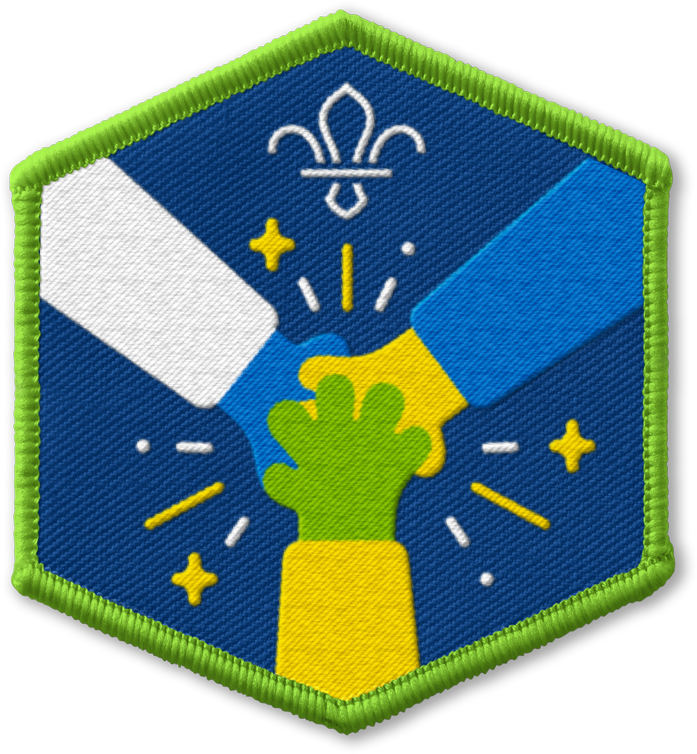
Play i-Spy
Before you begin
- Use the safety checklist to help you plan and risk assess your activity. There's also more guidance to help you carry out your risk assessment, including examples. Don’t forget to make sure all young people and adults involved in the activity know how to take part safely.
- Make sure you’ll have enough adult helpers. You may need some parents and carers to help if you’re short on helpers
Setting up the activity
- You might want to play outside or where there are lots of fun things to spot.
- If you’re indoors, you could hide items around the space to make it more visually exciting.
Play the game
- Everyone should sit in a circle and tell everyone they’re playing ‘i-spy’.
- An adult volunteer or young leader should choose someone in your group to be the ‘it’.
- Without telling the group what the object is, ‘it’ should look around and choose an object that they see.
- ‘It’ should say ‘I spy with my little eye something beginning with...’ (they should then say letter the object starts with, for example ‘T’ for ‘tree’)
- The rest of the group then need to try to guess what the object is.
- Once the group identifies the object, the person who makes the correct guess then becomes ‘it’ for the next round.
Reflection
This game was all about having fun and trying to observe and spot things around you. Did you see anything in the space that you hadn’t seen before playing this game?
People also had to try to listen and remember what had been said, as well as use your imagination to come up with something for people to find.
Think about how you remembered everything. How did you listen to the people before you? Did they give you any clues to the answer? Did anything work well and help you? What would you do differently if we played again?
You had to use your imagination to choose items for people to spy. How did you choose what to add on next? Did you look around the room or did you already know what you’d choose?
Did you choose something easy or something harder to try to make it difficult? Did you try to trick people by looking in a different direction to where the object was when you said the letter? If you were guessing, did you try to read people’s body language or where they were looking to give you any hints?
Safety
All activities must be safely managed. You must complete a thorough risk assessment and take appropriate steps to reduce risk. Use the safety checklist to help you plan and risk assess your activity. Always get approval for the activity, and have suitable supervision and an InTouch process.
- This game can be played sitting or standing – whichever way works best for everyone.
- Take time and have patience while telling everyone what to do. Give short instructions clearly and concisely. If you need to, pause, then repeat the same instruction using the same words. You could have visual resources to explain the game or a printed copy of the instructions for anyone who may need them.
- People who struggle with making choices could find all the options a bit overwhelming, so they might need extra support. They could work with a young leader/volunteer to be able to choose an item and say a letter. You could have a list of ideas for people to choose from, too.
- You could have a practice round of the game to make sure everyone knows what they’re doing. Let young people help explain to each other what to do, too.
- Make sure any individual with hearing loss can clearly see the person speaking, as they may find it helpful to read lips or body language. An adult could repeat what has been said, so everyone can hear the letter.
All Scout activities should be inclusive and accessible.


